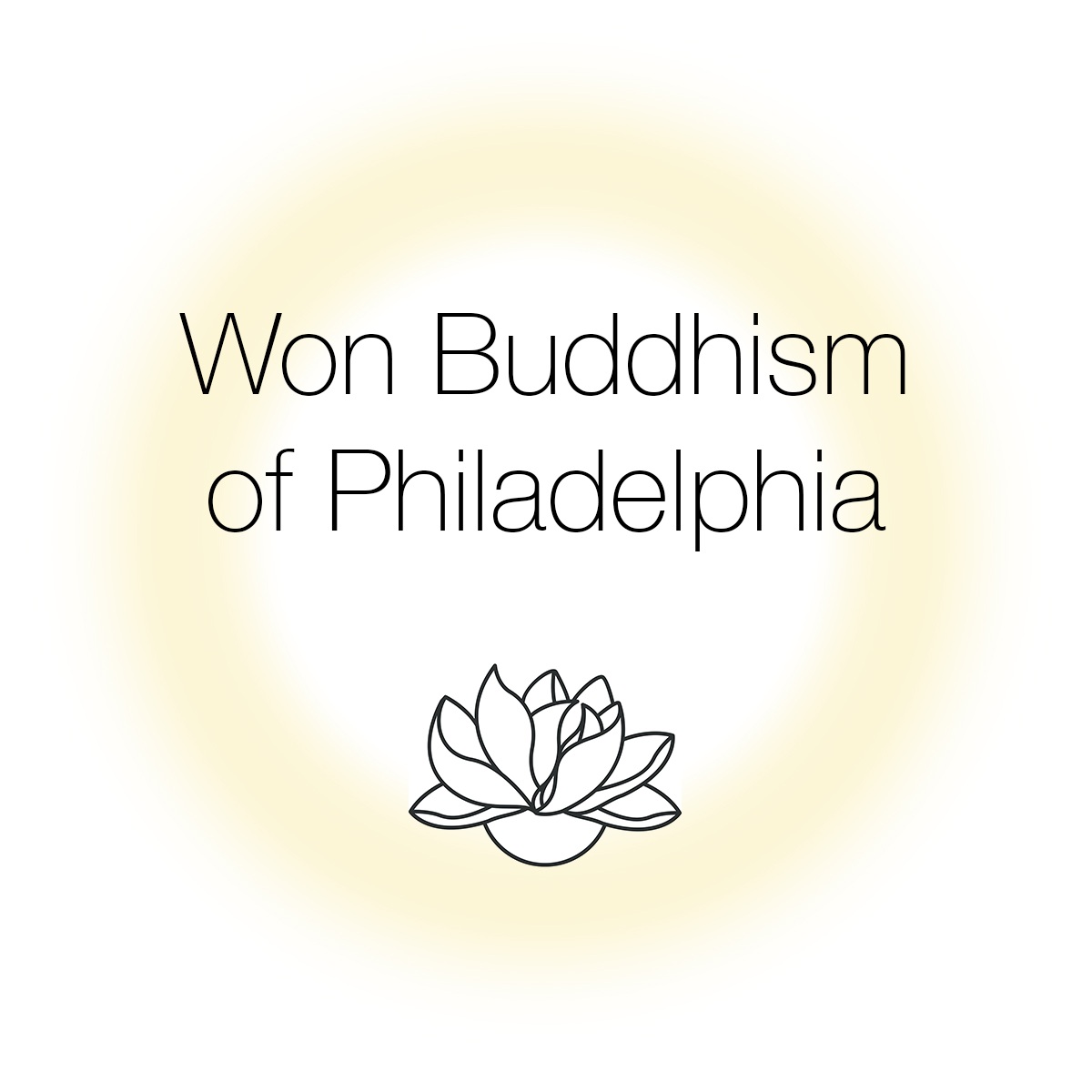Sotesan Slideshow

1. . Meditating on Questions about Nature and Human Life
Sotaesan, the founding master of Won Buddhism, was born the son of a peasant on May 5, 1891 in Chonnam Province, South Korea.
From the age of seven, many spiritual questions about nature and life arose in his mind, such as "Why do clouds and wind arise from the calm and clear sky?" and "Why are mothers and fathers in a close relationship with each other?"
He became absorbed in these and countless other spiritual questions. His contemplation on these questions lasted for four years and became the foundation of his future enlightenment.

2. Offering Prayer at Sambat Pass
At the age of eleven, Sotaesan attended the seasonal ceremony for the Remembrance of Ancestors, where he heard a story about an all-knowing mountain spirit. This inspired in him the hope that if he could meet such a mountain spirit, all his questions would be answered.
Every day for five years he climbed Sambat pass, four kilometers from his home, and prayed fervently to meet a mountain spirit. Though he would never meet a mountain spirit, his sincerity and dedication greatly empowered his mind and became the spiritual ground that enabled him to enter into deep samadhi later.

3. Searching for a Spiritual Guide
When he was sixteen, Sotaesan heard an ancient story about a man who had achieved spiritual growth and attained his goal by meeting a teacher.
Afterwards he gave up looking for the mountain spirit, whose existence was uncertain, and began to seek a human teacher who could answer his questions.
For six years he sought a spiritual teacher. Although he did not find one who could show him the right way, nevertheless his sincere desire and focused efforts eventually led him to become a spiritual teacher on his own for all humanity.

4. Entering into Deep Samadhi by a River
At twenty-two, after giving up his search for a mountain spirit and for a spiritual guide, Sotaesan became absorbed in the single thought, "What shall I do?"
Sometimes he would chant a mantra which had spontaneously arisen in his mind, and then enter into deep samadhi. One day while waiting for a ferry at Sonjin Landing, he entered into a great samadhi and stood motionless all day long.

5. Great Enlightenment at Norumok Hill
In the early morning of April 28, 1916, after many years of seeking the truth, Sotaesan’s mind and heart completely opened, all of his questions melted away, and he was enlightened to the truth of Il-Won.
He was twenty-six years old. Sotaesan’s Enlightenment was the birth of Won Buddhism, and the Won Buddhist Order was founded so that the truth of Il Won could reach all sentient beings. The Won Buddhist calendar starts from this date, Won-gi One, year one of Won Buddhism.

6. Building a Dam at Youngsan Shore
After his enlightenment, many people began to follow Sotaesan and became his disciples. To help the poor villagers, he first taught diligence and thrift, establishing a savings association.
When sufficient funds had been accumulated, Sotaesan and his nine chief followers commenced construction work for an embankment on a deserted, muddy beach on April, 1918. The work continued until March of the following year. Twenty-five acres of fertile land were created and thus became the economic basis for the Won Buddhist Order.
Through the embankment project, Sotaesan revealed a new model of life: "Practitioners in the future should practice and work together in concert,” and “Future religion must save the body and the mind together."

7. Receiving Dharma Authentication
When work was completed on the dyke, Sotaesan asked his nine disciples to offer prayer for the salvation of all beings from April to August, 1923. On August 21, Sotaesan tested them in order to know whether their minds were selfless and pure enough to move the realm of universal truth.
When the nine disciples pressed their bare thumbs on a white sheet of paper on which was written "Sacrifice with no regret," there appeared nine fingerprints in blood.
This event is called the "Miracle of the Blood Seal on the White Paper," and this demonstrated their singleness of heart and the approval of their selfless and dedicated spirit from the dharma realm. The spirit of dying without regret, and the holy event of dharma authentication, are the spiritual bedrock of Won Buddhism.

8. Drafting the Won Buddhist Teaching at Mt. Bongrae
From 1920 to 1924, at Bongrae Monastery in Byonsan, Sotaesan created a new dharma, one which is practical and fitting for everyone in modern society, to help liberate all sentient beings from suffering.
The outline of his new teaching consisted of two methods or ways: The Essential Way of Human Life (Threefold Practice and Eight Articles) and The Essential Way of Practice (Fourfold Grace and Four Essentials). Traditional Buddhadharma was modernized and remodeled so that the followers of his teaching could attain the great way without excessive difficulty in their daily lives.

9. Spreading the Dharma at Sinyong
In 1924, in order to realize the goal of liberating all beings from suffering through his dharma, Sotaesan established The Won Buddhist Headquarters in Iksan.
He and his students worked, practiced, and studied the dharma together. This was to realize Sotaesan’s teaching that daily life is Buddhadharma and Buddhadharma is daily life. Sotaesan had three objectives: mission, education, and charity. Won Buddhism has carried on the work of Sotaesan, establishing various institutions to embody each objective.

10. Entering Nirvana
On June 1, 1943, after twenty-eight years of delivering the dharma, Sotaesan passed away in Iksan, Korea.
Three years before he entered into Nirvana, he presented this dharma transmission verse to the public instead of to a chosen few: "Being into nonbeing and nonbeing into being, Turning & turning - in the Ultimate, Being and non-being are both void, yet this void is also complete." Before his passing, Sotaesan edited the Chongjon, the Principal Book of Won Buddhism.
